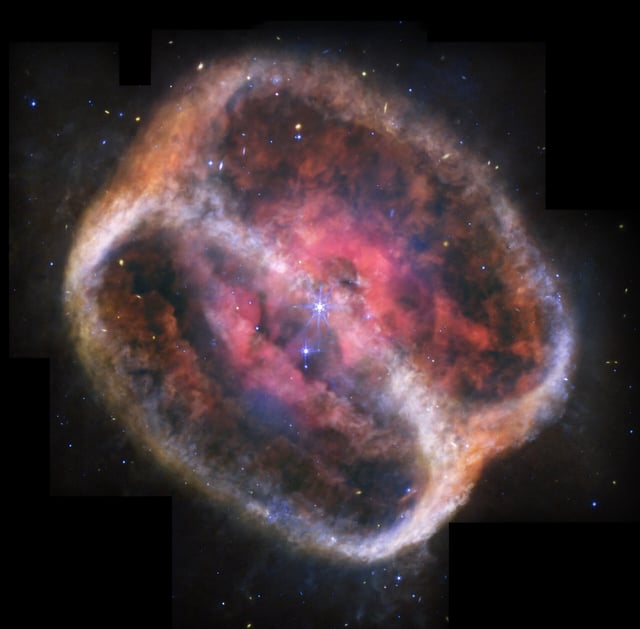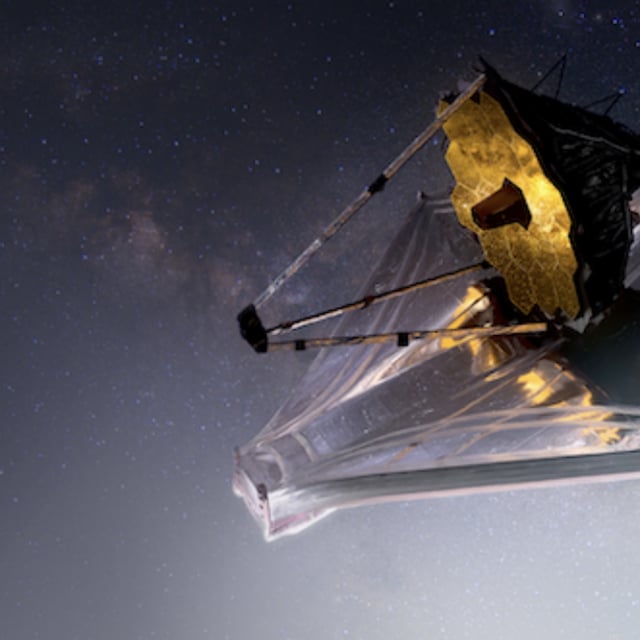Overview
- The James Webb Space Telescope has provided the most detailed mid-infrared imagery of planetary nebula NGC 1514, showcasing its complex dusty rings and central punched-through regions.
- The nebula's hourglass-like structure is shaped by interactions within its central binary star system, which follows a tight nine-year orbit.
- Webb's observations reveal the nebula's rings consist of small dust grains heated by ultraviolet light, giving them their fuzzy appearance.
- NGC 1514 notably lacks carbon and polycyclic aromatic hydrocarbons, likely due to the binary stars' interactions disrupting the formation of complex molecules.
- This latest imagery surpasses previous data, such as the 2010 WISE observations, offering an unparalleled view of the nebula's turbulent dynamics and chemical composition.

